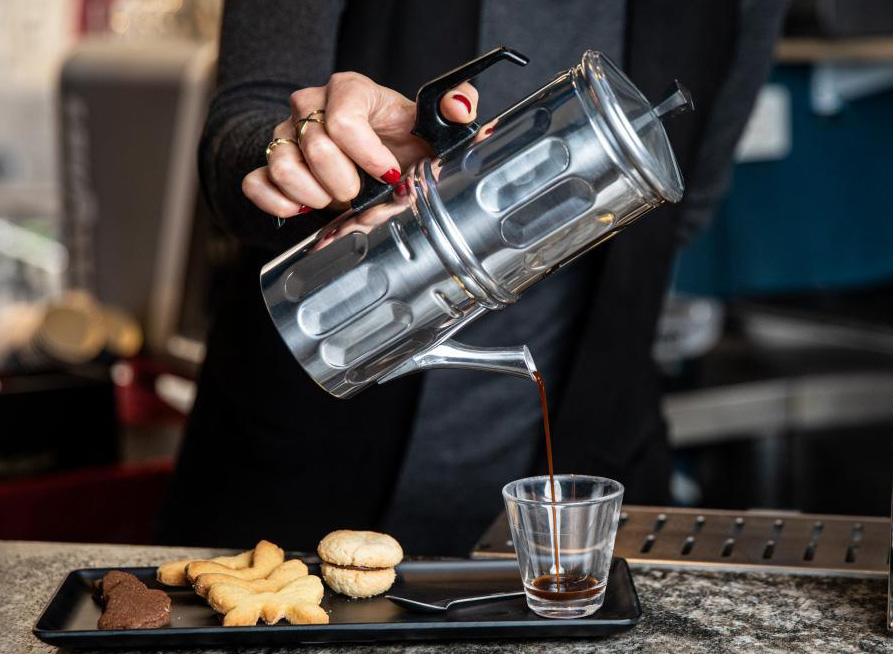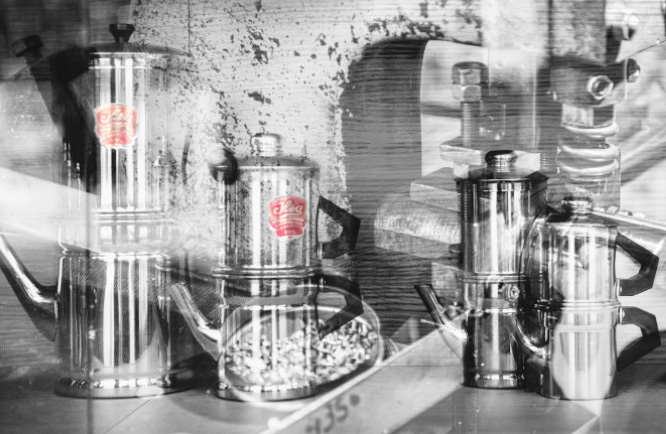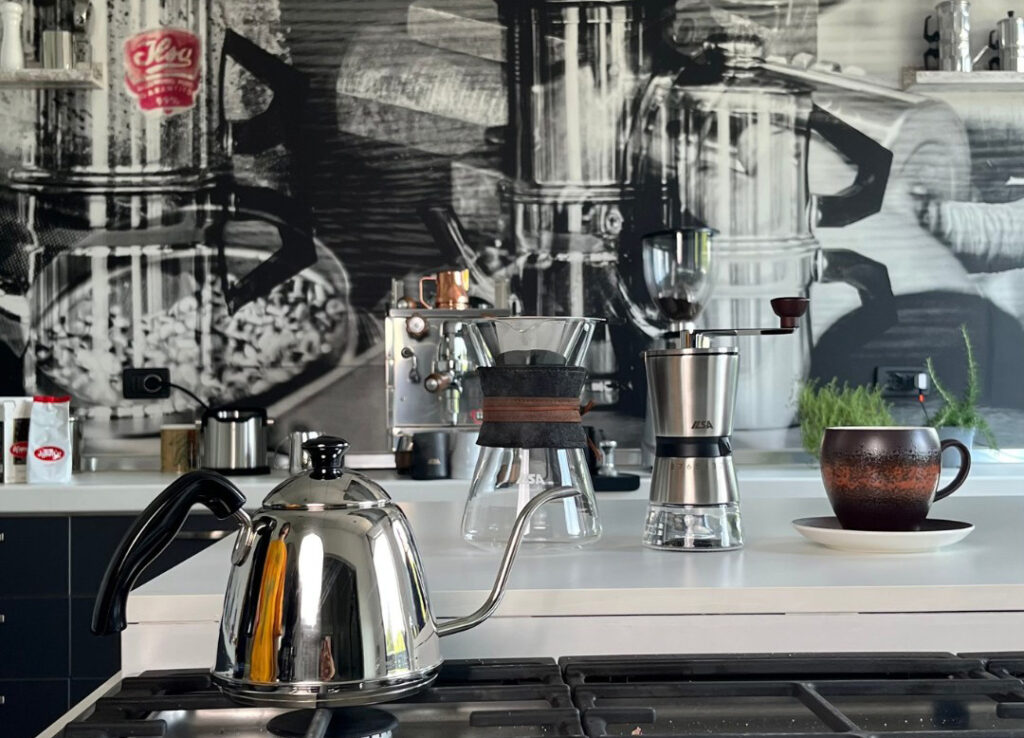No products in the cart.

We’re wild about our new ILSA coffee maker range! The only problem is which to choose—surely it’s okay to have several? From the classic French press to the robust moka espresso pot to the iconic Napoletana coffeemaker, we now have something for every occasion.
ILSA has been making coffee pots since back in 1946, when an enterprising sales rep called Alfredo Rosso decided to set up a coffeemaker factory in Turin—the Industria Laminazione Stampaggio Alluminio, or ‘factory for rolling and pressing aluminium.’ The first item he produced under the ILSA brand was the traditional Napoletana coffeemaker (invented by a Frenchman back in 1819, in case you were curious). Made of 99% aluminium, it was welcomed with open arms by Italians finally able to enjoy drinking coffee again after the privations of war.

The Napoletana coffeemaker (known as a cuccuma or cuccumela in southern Italy) was particularly meaningful because of the whole tradition of hospitality and conviviality that surrounds the preparation of Neapolitan coffee.
Where the moka pot uses pressure, you see, the cuccuma uses a softer gravity method, which takes that bit extra time and commitment.
Here’s how you do it.
Fill the boiler pot with water up to half a centimetre from the steam valve. Place ground coffee (try a dark roast on a medium to large grind) in the canister and screw on the filter cap. Carefully place the filter group into the filled boiler pot. Attach the upper section with the spout, making sure the two handles are aligned. Heat on a stove until the valve begins to steam, indicating that the water has reached boiling point. Turn off the heat and then flip the coffee maker over so that the water drips down into the spouted section. After five or six minutes of percolation, remove the boiler pot and filter group, place the lid on the spouted section, and serve.
For added authenticity, make yourself a cuppetiello—the paper cap slipped over the spout to preserve the coffee’s aroma while the water is percolating through.

The cuccuma produces a coffee with a smooth, rich mouthfeel—and it also produces conversation! Because of the time and attention required, it’s traditional for the person making the coffee and the guest for whom it’s being prepared to sit around in the kitchen and chat while they wait, and then sit a little longer over the fresh brew. What better excuse for a long coffee break?
One tip, though, for busy days: rather than waiting for the water to heat on the stove, fill the boiler pot with boiling water from a kettle. Not only does it save time, but the coffee will be less bitter without the exposure to the intense stove heat.
Want to know more? Watch this rather lovely video from Trenaremi on the preparation process.
And know that when you pick up an ILSA Napoletana coffeemaker, you’re picking up a real piece of Italian cultural history.
